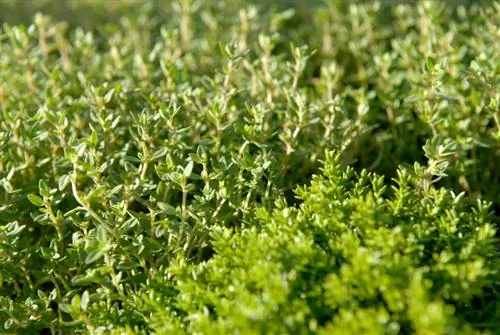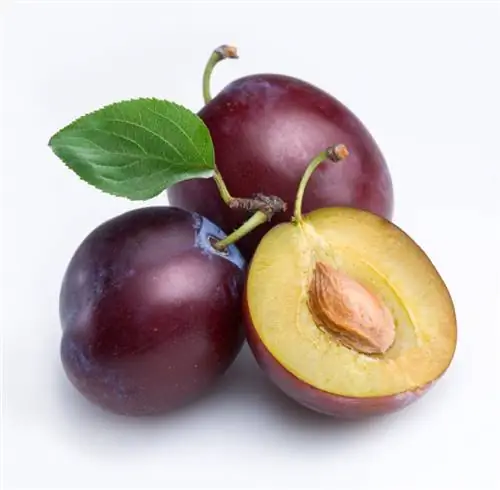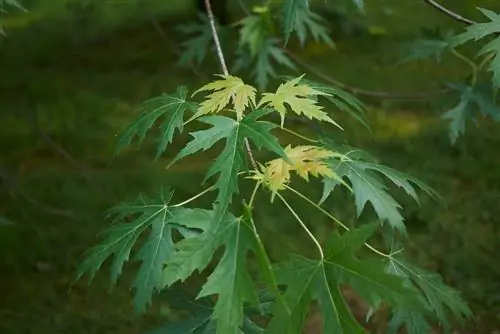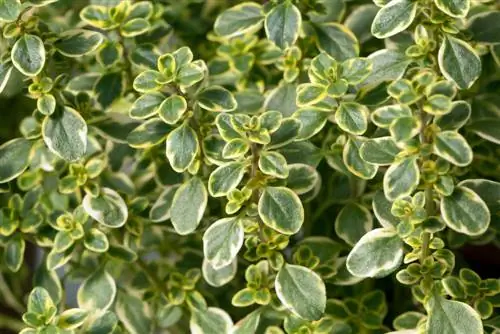- Author admin [email protected].
- Public 2023-12-16 16:46.
- Last modified 2025-01-23 11:20.
Hardly any other culinary herb can be used in as many different ways as thyme. Its unmistakable aroma spices up numerous dishes, and in natural medicine the leaves and flowers are used primarily to treat respiratory diseases. Thanks to its dense growth and lush flowers, the aromatic plant is also suitable in the garden as a border for beds, for ground-covering fragrant lawns or in perennial beds.

What is thyme and what is it used for?
Thyme is a perennial subshrub from the mint family that originally comes from the Mediterranean region. There are around 214 different varieties with different growth habits, aromas and flower colors. Thyme is used both as a herb in the kitchen and as a medicinal plant for respiratory and digestive problems.
Origin and occurrence
Thyme originally comes from the hot and dry areas around the Mediterranean, where it still grows wild on sandy or stony surfaces in the maquis that characterize the landscape. The popular herb is cultivated primarily in Western Europe - southern France, Italy and Spain - but also in North Africa, Turkey and Croatia. Today it is at home in many countries around the world and thrives best in a Mediterranean to continental climate.
Systematics
Thyme is a mint family and is therefore closely related to other Mediterranean herbs such as lavender, rosemary and sage. However, not all thyme are the same, because the genus is very diverse. Around 214 different varieties of thyme are known, which can differ greatly in appearance, growth habit and taste.
Appearance
Thyme is a perennial subshrub that - depending on the variety - grows either upright or creeping and develops shoots of different lengths. The short leaves are called needles and their color and leaf thickness vary. The lush flowers can usually be seen between June and October, and thyme can bloom purple, pink or white. The seeds are located in the spherical, brown nuts.
Usage
Thyme plants are a pretty sight in sunny gardens. There are a variety of different varieties with special scents and flavors. Thyme can be used both fresh and dried as a herb in the kitchen and as a medicinal plant. The plant has been used in natural medicine since ancient times, for example against diseases of the respiratory organs or against complaints of the gastrointestinal tract. Dishes seasoned with thyme are easy to digest because the essential oils they contain stimulate digestion. Thyme is mostly used to prepare sausages and to season vegetable, fish and meat dishes.
Tips & Tricks
Thyme flowers are rich in nectar and are therefore very popular as pasture, especially for bees, bumblebees and butterflies. Its honey is considered a rare delicacy.






